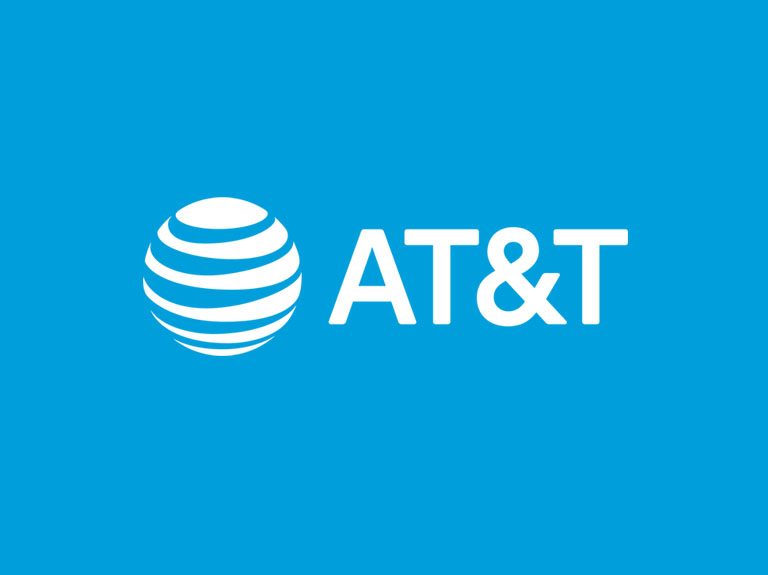AT&T CFO John Stephens Updates Shareholders
AT&T CFO John Stephens Provides Update to Shareholders
AT&T Inc.* chief financial officer John Stephens spoke today at the Wells Fargo Global TMT conference, providing an update to shareholders.
Three-year strategy. Stephens discussed the 3-year plan AT&T presented in October. AT&T expects revenues to grow at ~1-2% CAGR from 2020-2022 and EBITDA margins to expand 200 basis points by 2022. Revenue growth is expected primarily from wireless, WarnerMedia and Mexico; margin growth is expected to come primarily from wireless, merger synergies, Mexico and cost initiatives.
AT&T Mexico’s recent 8-year reseller agreement with Telefónica Movistar gives the company confidence in Mexico’s growth opportunities.
AT&T plans to expand its efficiency initiatives to support its 3-year goal to increase EBITDA margins. Stephens said that over the last 5 years, the company has achieved annual network cost savings between 6% and 8%, driven primarily by the move to software-defined networking, network function virtualization and automation. This trend of cost reductions is expected to continue in 2020. To achieve its margin goals for 2020 and beyond, Stephens said the company has begun several additional cost reduction initiatives targeting an incremental 4% reduction in labor-related costs in 2020 or about $1.5 billion.
Capital allocation and free cash flow. Stephens also addressed the company’s approach to capital allocation. AT&T will continue to invest in its businesses — both capital and content — while also supporting continued modest annual dividend growth and retiring shares.
The company has begun retiring shares and is evaluating a 100-million-share accelerated share repurchase program for the first quarter of 2020. By the end of 2022, AT&T expects to retire 100% of the debt it incurred to acquire Time Warner, targeting a net debt-to-adjusted EBITDA ratio in the 2.0x to 2.25x range, and expects this to lead to an upgrade in its debt ratings.
Stephens said AT&T remains on track for full-year 2019 free cash flow in the $28 billion range. The company expects to end 2019 with a net debt-to-adjusted EBITDA ratio in the 2.5x range. AT&T has already far exceeded its $6-8 billion goal for non-core asset monetizations in 2019 and is targeting another $5 billion to $10 billion in 2020, as part of its continuing portfolio review. These could include sales of regional sports networks, additional real estate and additional tower receivables. Stephens said AT&T will continue to access a variety of debt markets and is also considering a preferred stock offering.
Wireless trends and competitive landscape. Stephens also discussed AT&T’s wireless business and plans for growth. Growth in wireless is expected to be driven by network performance and recognition that the company has the nation’s best and fastest wireless network[1]; targeted promotions; and expanded sales opportunities from AT&T’s FirstNet build.
Stephens said that while the wireless market remains competitive, he likes AT&T’s position given the company’s network advantages, including a strong spectrum position; its FirstNet build; new wireless plans; and the ability to bundle content — specifically, HBO Max — with owner’s economics.
Entertainment Group. The company’s Entertainment Group remains on track to achieve its goal of stable EBITDA in 2019, with EBITDA up 2.3% through the third quarter due to AT&T’s focus on profitable customers. Stephens also said that the third quarter is expected to be AT&T’s peak video subscriber loss quarter. AT&T has about 400,000 customers left on highly discounted video plans.
[1] Best network based on GWS OneScore, September 2019; fastest network based on analysis by Ookla® of Speedtest Intelligence® data average download speeds for Q3 2019. Ookla trademarks used under license and reprinted with permission.



